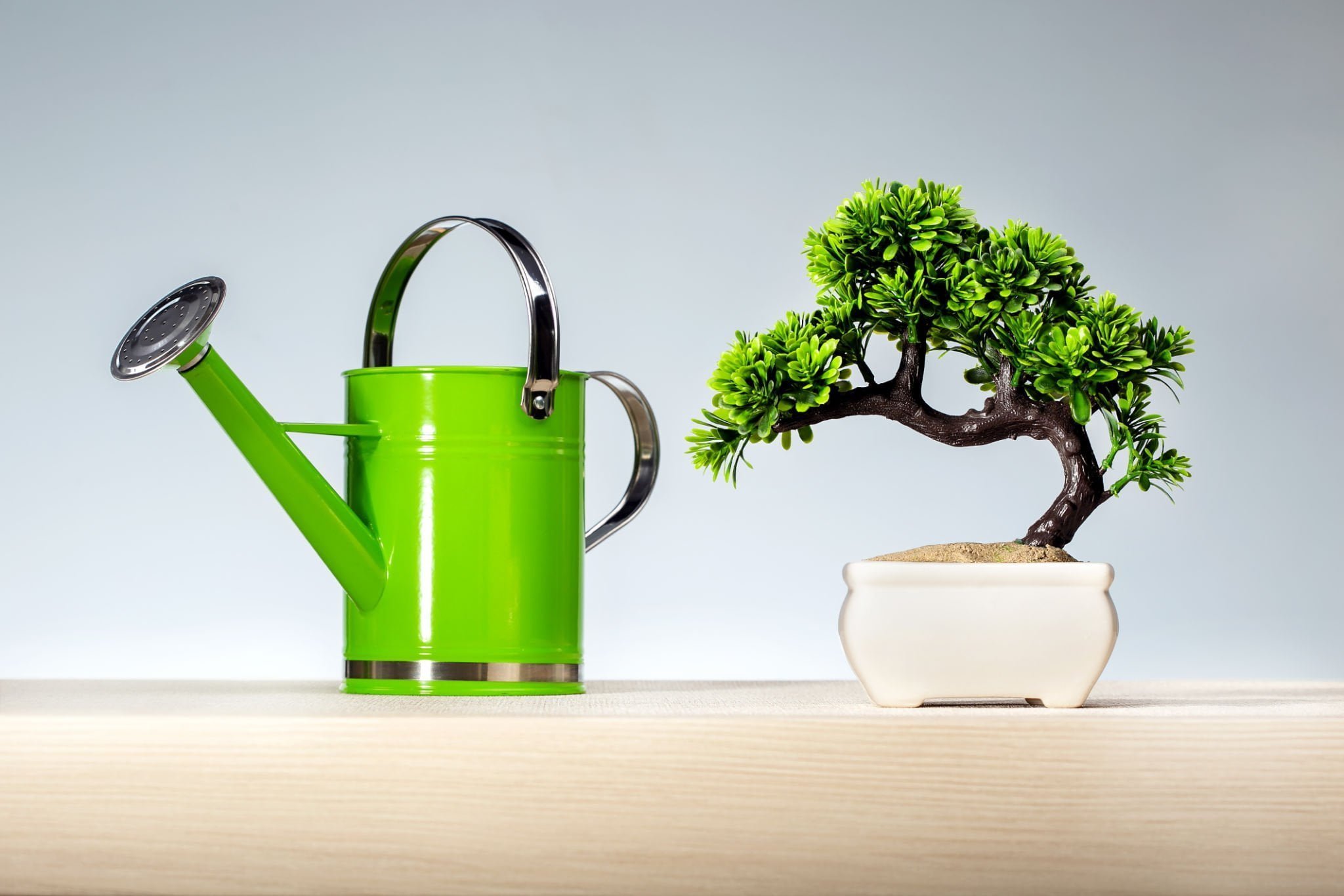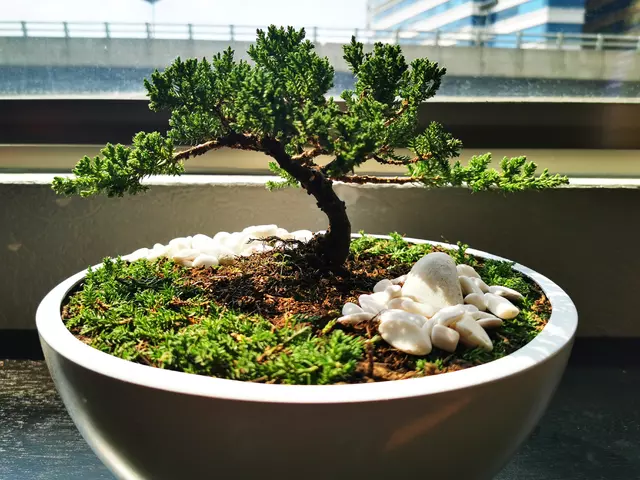Table of Contents
Fukien Tea Bonsai is a tropical evergreen shrub from southern China.
This plant shines as a mini bonsai and makes an excellent houseplant.
Why? It loves warm temps during winter.
Perfect for city dwellers or those without a yard.
Key Benefits:
- Mini Bonsai Potential: Ideal for small spaces.
- Houseplant Friendly: Thrives indoors with the right conditions.
- Winter Warmth: Appreciates warmth in colder months.
Features
Delicate white blossoms bloom almost all year round.
Small dark green leaves are shiny with little white dots.
Those dots often look like insect infestations.
The trunk? It’s got this wonderful brownish-red bark.
And that bark pops beautifully against the dark green leaves.
Temperature Control for Your Fukien Tea Bonsai
Keep your Fukien Bonsai indoors all year round.
Maintain temperatures between 50 and 75 degrees.
Easy, right?
This plant thrives best in a stable environment.
Got a bit more room for some extra tips?
- Lighting requirements are just as crucial.
- Pairing with a good watering schedule ensures vibrant health.
Remember, your Fukien Tea Bonsai, with its white blossoms and dark green leaves, loves consistency.
If you keep the temperature steady, you’re halfway there to a happy, healthy bonsai.
Lighting Requirements:
Fukien Bonsai thrives best with the right lighting.
- Avoid direct midday sunlight. The plant dries out quickly under intense sun.
- Perfect spot? A bright window.
- Summer? Take it outdoors, but choose a partially shaded spot to protect it from scorching.
There you have it!
Keep it simple and keep your Fukien Bonsai happy with these lighting requirements.
Watering:
The Fukien Tea Bonsai needs to stay moderately moist. If its root ball dries out completely, it will either shrivel up or just stop growing.
If you travel a lot or tend to forget watering, this plant might not be for you. It likes a bit more attention.
When the root ball is dry, soaking it can help, but the best method is to water from the top using a watering can until you see runoff at the bottom.
This prevents salt buildup, which can burn the roots and kill your tree.
- Tip:
- Keep it moist – Don’t let the root ball dry out.
- Best watering method – Use a watering can from the top until runoff.
- Avoid salt buildup – Prevents root burn and keeps your tree healthy.
For anyone with a Fukien Tea Bonsai, getting the watering right is key!
Fertilizing Routine:
- Spring and Summer:
- Fertilize every two weeks with a liquid bonsai fertilizer.
- Winter:
- If your Fukien Tea Bonsai is in a warm spot, feed it every six weeks.
- Make sure to water it well before feeding to avoid burning the roots.
Got a Fukien Tea Bonsai? Keep this fertilizing routine handy to maintain those dark green leaves and lovely white blossoms. Whether it’s spring, summer, or winter, feeding it right ensures a healthy, vibrant bonsai that thrives all year round.
Pruning / Training:
- Snip new shoots back to 2-3 leaves once they sprout 6-8 leaves.
- Prune your Fukien Tea Bonsai year-round.
- Shape it early in life without wiring, but if you want a quicker basic form, wire throughout the year.
- Don’t wire new shoots until they’re lignified.
- The Fukien Tea Bonsai shines in an Informal upright style. The trunk curves and narrows at the top, while branches grow outwards and backwards.
Tips for Pruning Techniques
- Start pruning your Bonsai once new shoots have 6-8 leaves.
- Cut them back to 2-3 leaves.
- Year-round pruning keeps your bonsai looking fresh.
Wiring Method
- Shape early without wiring.
- For a faster basic form, use wiring year-round.
- Avoid wiring new shoots until they harden off.
Informal Upright Style
- Ideal for this Bonsai.
- Trunk curves and narrows at the top.
- Branches spread outwards and towards the back.

Pest Management for Fukien Tea Bonsai
Keep an eye on those Fukien Tea Bonsai leaves.
Dust-free leaves help in spotting pests or fungus early.
Regular check-ups are a must.
Good hygiene for your bonsai keeps insects and diseases away.
Signs of trouble:
- Yellow leaves
- Sticky leaves
- Off-colour leaves
- Spider webs
These signs scream insect problems.
A simple fix?
Mix 1 tsp of dish soap with 1 quart of lukewarm water.
Spray the entire plant until it runs off.
Repeat as needed.
This solution is harmless and effective.
Keep your Fukien Tea Bonsai healthy and pest-free with regular inspections and this easy solution.
Propagation Methods for Fukien Tea Bonsai
Take cuttings from your Fukien Tea Bonsai with clean, sharp scissors.
The best time for this is between spring and early summer.
Place the cuttings in a shady spot to help the roots develop well.
Repotting Schedule for Fukien Tea Bonsai
Repot your Fukien Tea Bonsai every two years in the spring.
Only trim back the roots by about 10%.
Remember: Healthy roots mean a happy bonsai.
▶Click Here to download this article as PDF










